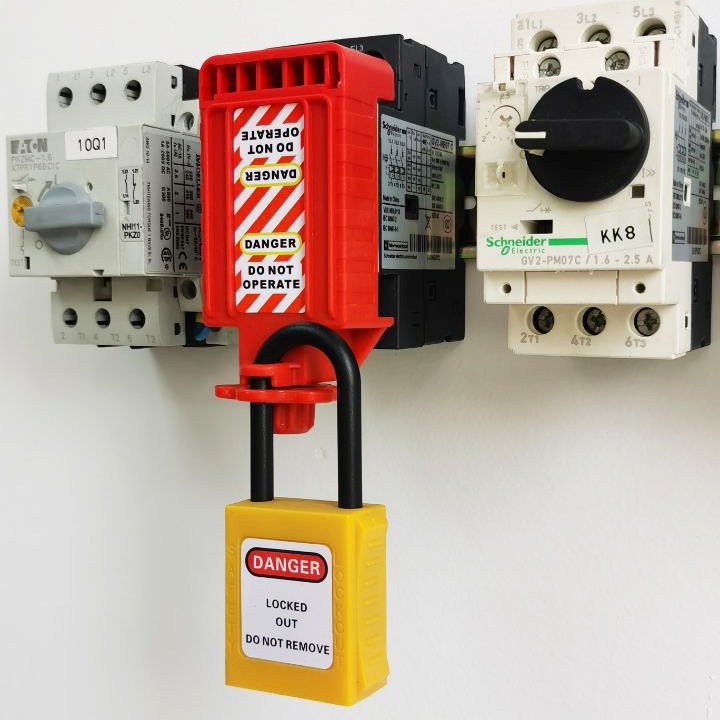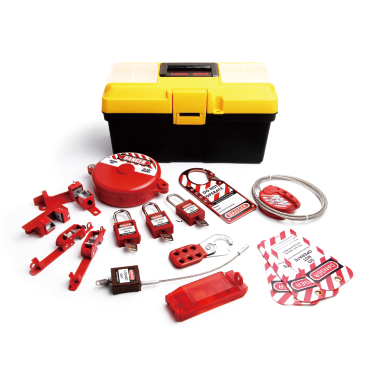Ensuring workplace safety is not just about compliance—it’s about protecting lives. In industries where machines and equipment are operated daily, controlling hazardous energy is a crucial part of maintaining a safe environment. This is where Lockout/Tagout (LOTO) procedures play an essential role. However, according to OSHA, violations of LOTO standards consistently rank among the Top 10 most cited safety violations, with more than 2,500 citations issued in 2023 alone. Understanding the most common violations and how to prevent them is key to maintaining a compliant and safe workplace.
To begin with, one of the most frequently cited lockout tagout violations involves missing or incomplete energy control procedures. An energy control procedure is a written guideline that explains how to safely isolate and de-energize equipment before maintenance or servicing. It should outline every step—from shutdown to verification—to make sure no one is exposed to stored energy.
Unfortunately, many companies either fail to have these written procedures in place or overlook certain energy sources such as gravity, hydraulic, or pneumatic energy. Without proper documentation, workers are left exposed to potential hazards.
To avoid this issue, employers should develop clear and detailed energy control procedures for each piece of machinery. Each document should include the purpose of the procedure, isolation steps, methods for placing and removing locks, and verification requirements. Using a standard energy control template can help ensure all OSHA requirements are met. Regular reviews of these documents are also necessary to maintain LOTO compliance.

Another leading cause of LOTO violations is insufficient training and poor communication. Every employee involved in maintenance must understand their role in the lockout process. OSHA distinguishes between authorized employees (who perform lockout/tagout) and affected employees (who operate or work near the equipment).
A common mistake companies make is combining both groups into one general training session. While this might seem efficient, it leads to confusion about responsibilities. Authorized employees must know how to isolate energy sources, while affected employees should understand when and why lockout is happening so they can stay clear of hazardous areas.
To stay compliant, employers should provide separate, role-based training and maintain records of all sessions. Regular refreshers and clear communication before and after lockout procedures are equally important. Good communication ensures that no employee attempts to operate equipment under maintenance, minimizing risk and reinforcing lockout tagout safety awareness.
Even when a company has solid procedures and training in place, they can still face violations if periodic inspections are neglected. OSHA requires annual inspections of both energy control procedures and authorized employees to ensure the program is being properly followed.
The goal of these inspections is to confirm three key points:
A frequent error is assuming that inspections apply only to equipment, not people. In reality, both must be reviewed. Employers must also certify each inspection in writing, including the machine or equipment inspected, the date, the employees involved, and the inspector’s name.
To maintain compliance, use a lockout inspection checklist or log to track all inspections and corrective actions. Consistent verification not only helps prevent citations but also strengthens workplace safety culture.
Moving forward, a well-designed energy control program ties everything together. This program includes written procedures, employee training, and periodic inspections. However, OSHA continues to cite companies that lack a complete or coordinated program.
Sometimes, the issue isn’t that individual components are missing, but that they are not aligned. For example, a company may have detailed procedures but outdated training or incomplete inspection records. To avoid such gaps, employers should assign a safety coordinator to manage the overall LOTO compliance program.
Conducting internal audits helps identify weaknesses before they lead to violations. Maintaining documentation, updating training materials, and keeping inspection reports organized are all essential steps to staying compliant and ensuring effective energy control management.

Finally, one of the most visible LOTO violations occurs during the application of lockout/tagout devices. OSHA outlines six specific steps that must be followed in order:
When these steps are skipped or performed out of order, serious accidents can occur. Another common problem is allowing untrained employees to perform lockout tasks. Every LOTO lock and tag must be applied by an authorized person, and verification must be completed before work begins.
To prevent these issues, companies should use high-quality LOTO locks and tags designed specifically for industrial energy control. Implementing a double-check system, such as two-person verification, can further ensure that machinery remains safely isolated before maintenance starts.
In summary, avoiding lockout/tagout violations requires a proactive approach—one that includes proper documentation, thorough training, regular inspections, a coordinated energy control program, and the correct use of LOTO locks. Compliance is not just a matter of meeting OSHA requirements; it’s about protecting workers from life-threatening hazards caused by unexpected machine energization.
By focusing on these key areas, companies can significantly reduce the risk of accidents, downtime, and costly penalties. A strong LOTO program demonstrates a company’s commitment to safety and operational integrity.
For reliable lockout solutions that help you stay compliant, choose ELECPOPULAR SAFETY, a trusted LOTO lock supplier providing durable and compliant lockout tagout devices for industrial applications. Partner with ELECPOPULAR SAFETY to strengthen your energy control system and create a safer workplace for everyone.
